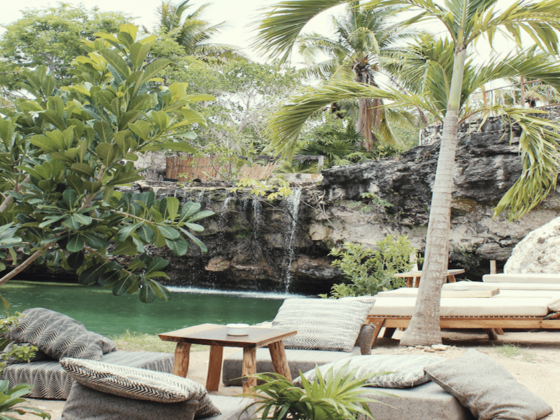You’ve heard of a beach club, but what about a cenote club? Well…when it Mexico, it’s all about the cenote clubs. Buuts’ Ha’ Cenote Club is club in the Mayan jungles of Tulum. And it’s not just a place to party, it’s also an experience that combines relaxation, sophisticated cuisine, and mesmerizing natural beauty.
@visit Did you know that 📍#Tulum has a cenote club?😍 #Buutsha is a day club built around a cenote featuring a DJ, restaurant, and plenty of areas for guests to chill out and swim in the fresh water. Check this place out on your next trip to #Tulum #Mexico 🎥 @Pink Plankton #visittulum #tulummexico #tulumtravel #traveltiktok #traveltok ♬ original sound – Visit
As you might have guessed, the club is located inside a cenote, a natural sinkhole filled with groundwater, which is a distinctive feature of the Yucatan Peninsula landscape. The cenote setting provides a breathtaking backdrop for the club’s activities and events, making it a one-of-a-kind destination that captures the essence of the region.
